When Citrus Goes Feral
I've posted a few times in the past about the looming threat of citrus greening in the U.S. One of the biggest problems underlying this issue is the staggering quantity of abandoned citrus groves in Florida:
Abandoned Groves a Citrus Greening Threat (The Ledger, Lakeland, FL)
The groves serve as breeding grounds for the citrus psyllid, which transmits the bacterial disease. According to the article, a recent USDA survey calculated that there are 129,869 acres of abandoned citrus groves in Florida, roughly a fifth of the citrus acreage in Florida. That's 202 square miles!
Disease threats like this are hardly possible to eradicate even with careful management, and abandoned groves are everywhere in Florida. As I've mentioned before, the citrus industry in Florida hasn't been in great shape for a while, and greening isn't helping. And although the psyllid and greening are the current focus, feral groves are a ready reservoir for all kinds of pests and diseases.
But although a clear threat, abandoned groves in Florida also represent an opportunity. For one thing, they represent thousands of acres of quality agricultural land, sitting unused. This could be in the form of a new crop, or in rehabilitating the old. By virtue of being abandoned, these groves are basically "instant organic". Companies such as Uncle Matt's Organic have been rehabilitating some of these groves and producing organic citrus and citrus products. Because of the significant premium enjoyed by organics, these groves don't need to attain full commercial yields to be profitable, and a little regular maintenance can make a big difference in keeping diseases and pests from running wild.
(I met Uncle Matt last winter in Florida--he's a nice guy with a quality product. He's got a couple of short videos up about organic citrus growing, and I'm hoping for more in the future--the next one is supposed to be on disease control.)
Blogged with the Flock Browser



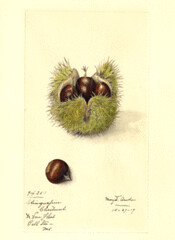
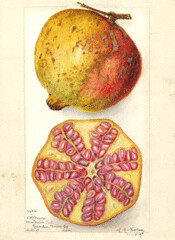

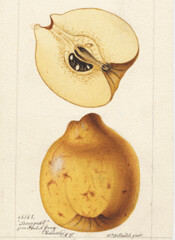




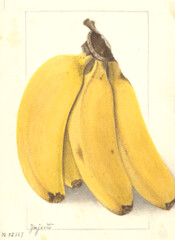

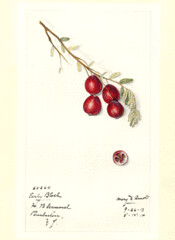
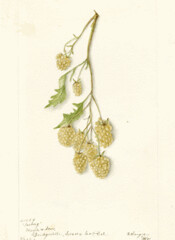
8 Comments:
One of the difficulties with huanglongbing (Citrus greening) is its time-lag before it appears. By the time symptoms are noticeable, and substantial reservoir of the bacteria will already be present. If these trees are infected, then removing the groves and trees only moves the psyllids to production trees.
Interesting that citrus in Florida is declining by so much. It's not too surprising because world demand seems to have reached a plateau in early 1990's. The growth areas appear to be in the Middle East (Saudi Arabia is the only country where imports increase year to year) but their supply comes from Egypt and Morocco. Still I would expect U.S. consumption to maintain the Florida industry. I wonder if the quarantines in place are preventing the marketing of Florida's output.
BTW - San Diego county has a quarantine in place for citrus products. I don't know if they are going to extend that to nursery products but expect more fall out.
I'm not entirely clear what the main thing fueling the decline in Florida citrus is--I think maybe it's the cumulative effect of a number of things.
- Disease threats. In addition to the well-publicized problems with greening and canker, I think a fair number of abandoned groves I've been in were planted on sour orange and were suffering from some degree of citrus tristeza virus.
- Some abandoned groves were bought by developers, then left to stand when development ground to a halt in the housing crisis.
-A series of freezes through the 80's pretty well clobbered north and central Florida production, from which it never recovered. I think a number of northern groves were abandoned as replanting crept south.
I just did a quick comparison of FCOJ Exports and Imports. I'm using FAO data so it isn't broken out by state. However, since the vast majority of US FCOJ production comes from Florida groves it provides a good starting point.
Brazil has tripled their exports since 1980, although that dropped in recent years. OTOH, US exports have remained essentially flat for that period, with an interesting spike in 2003.
The two importing countries I looked at were USA and Canada. Here the data reflects those freezes in the the 1980's with spikes of imports in the USA. Nevertheless, the trendline points downward in the USA - but still a 400% increase from 100K tons in 1980 to 400K tons in 2006. There's a spike of 800K (1984) and subsequent ones of 700K+ throughout the 1980's. However, once the 1990's started, it stays around that 400K level. Canada as the world's second leading importer is trending down, declining from 90K in 1998 to 55K in 2006.
From this I infer, Brazil is taking (has taken) the FCOJ market from the the USA. Furthermore, the FCOJ market appears to be softening, losing to SSOJ in previously strong markets. So while Brazil is able to open new markets in the Middle East for its FCOJ, the US isn't able to do the same with its SSOJ product. Furthermore it's not able to fend off FCOJ imports.
Of course this is all too small a sample size. One other factor must be Spain's inclusion to the EU in 1986. That changed the market for their exports with the EU being a major importer (and subsequent re-exporter) of FCOJ. Nevertheless, I'm surprised that Florida hasn't been able to take advantage of the opening markets in Russia and Eastern Europe.
(And yes, I'm writing a thesis on oranges which is why I have so much data.)
This comment has been removed by a blog administrator.
I think the disease pressure from before Greening were bad enough. Now we've got greening and no matter how much money we throw at research to stop it, it's probably too late.
Boba, the way I see it, you're right about the loss of FCOJ market from Florida to Brazil. I think where the US has a grip is in juices that are not from concentrate. Likely our demand for NFCOJ in the US will keep the industry afloat for a long while. Unless, of course, fuel costs make it impossible to economically transport NFCOJ to markets beyond the Southeastern US.
This remains to be seen.
This comment has been removed by a blog administrator.
there are different thing describe you i think its helpful every one
fila shoes
gucci belts
adidas yeezy
nike air max 2017
michael kors
adidas gazelle sale
jordan shoes
balenciaga shoes
calvin klein underwear
cheap nfl jerseys
Post a Comment
<< Home